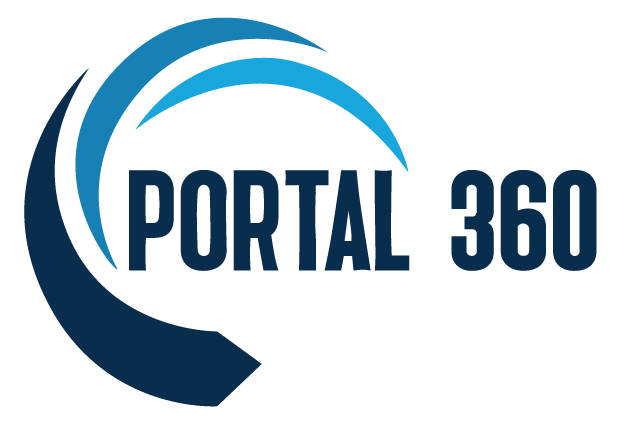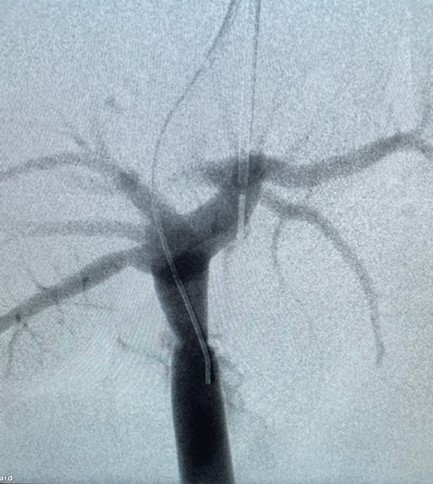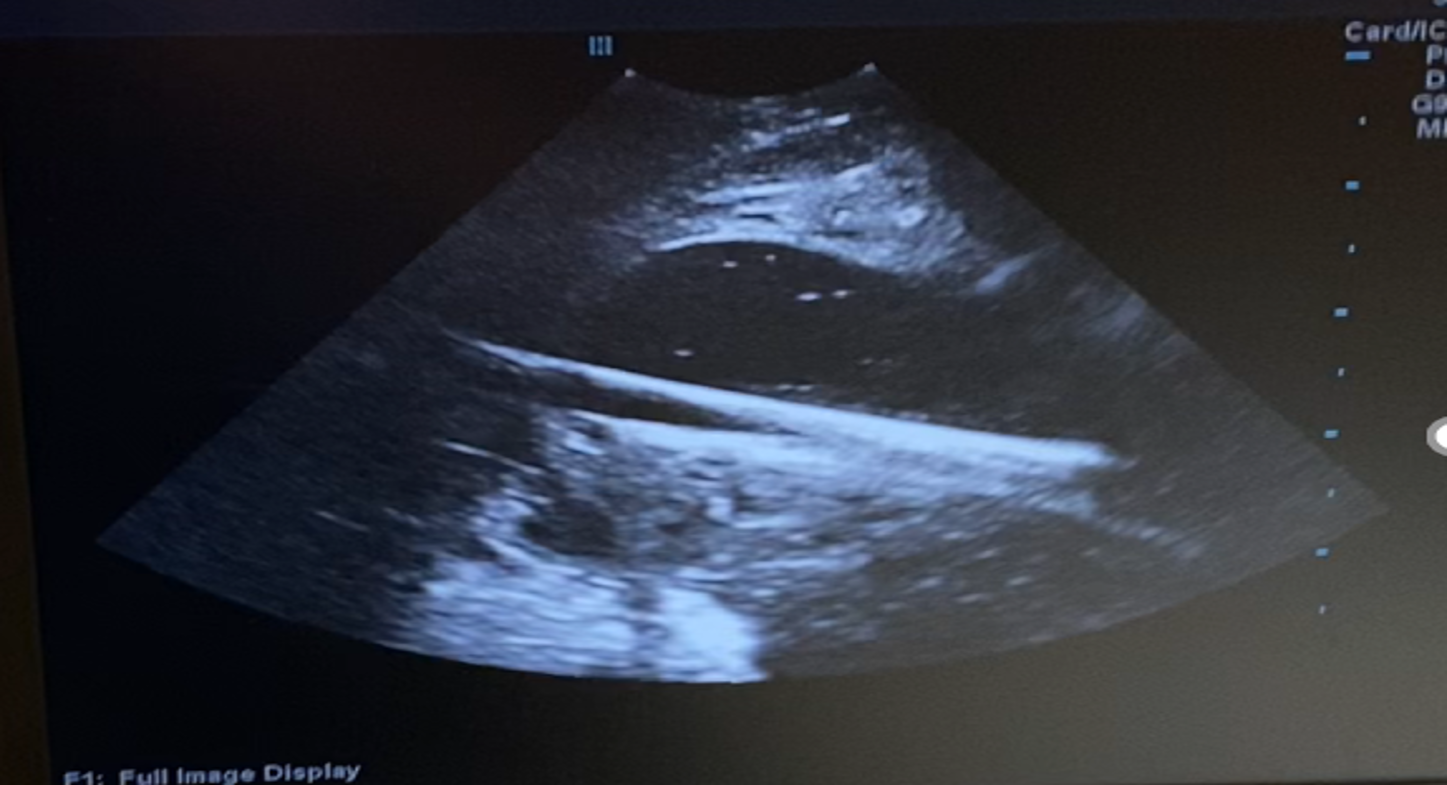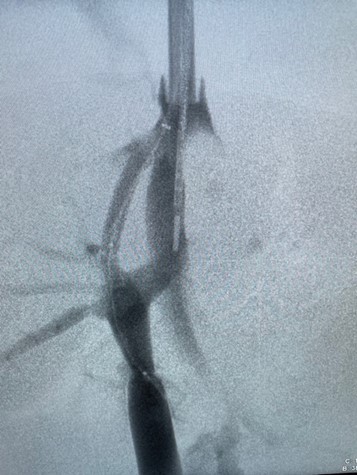Hands On Course
Hands On Training Course on Tips Using Fluoro and Ice Guidance
From the IR Lab for simulation and research UT Health San Antonio
Course Director: Jorge Lopera, MD
Course Objectives:
- To learn the basics of portal vein access with emphasis on Intravascular Ultrasound also known as ICE .
- To understand the advantages and disadvantages of using ICE vs fluoroscopy /CO2 for TIPS access.
- Each operator will have a liver to practice using an ex- vivo perfusion model. The system allows to simulate all the aspects of portal access , tract dilation , measurement and stent graft placement .
Program:
Introduction to TIPS techniques .Basics of ICE-IVUS : review of standard and IVUS guided portal access .
Basics of Fluoroscopic guided TIPS access Portogram and HV relationships
Practice with the model : the operator will get access in the IVC and visualize the hepatic vein in plane with the portal vein using ICE .
The operator will access the HV under ICE guidance and advance the TIPS set into the HV under fluoroscopic guidance. Then will proceed to puncture the portal vein under ICE guidance .
Once access is confirm in the PV , the operator will advance a wire into the portal vein and then a catheter into the PV, then measurement of the tract, tract dilation and placement of a stent-graft . Final portogram to confirm adequate stent graft placement .
For fluoroscopic access: portogram performed in AP and lateral projection , puncture of the portal vein using road mapping of a contrast portogram .
The operator will access the HV under fluoroscopic guidance and advance the TIPS set into the HV under fluoroscopic guidance. Then will proceed to puncture the portal vein under fluoroscopic guidance .
Once access is confirmed in the PV , the operator will advance a wire into the portal vein and then a catheter into the PV, then measurement of the tract, tract dilation and placement of a Viator stent-graft . Final portogram obtained.



